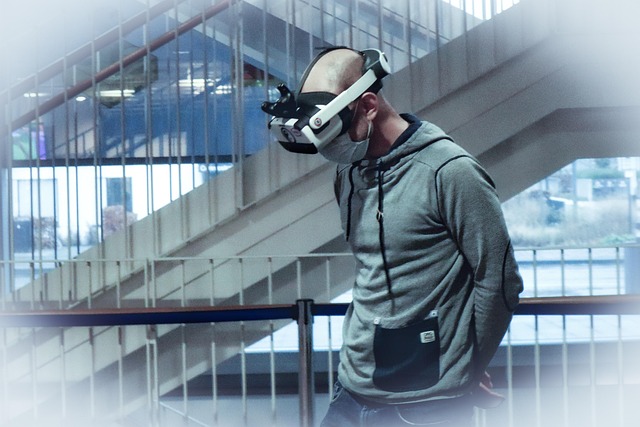Diving into the Interaction: The Rise of Virtual Reality Sports
The landscape of sports has been dramatically transformed by technology, bringing forth new avenues of interaction that were once the stuff of science fiction. Among these innovations, virtual reality sports have emerged as a captivating frontier, allowing enthusiasts and athletes alike to experience their favorite games in ways that transcend physical boundaries.
Virtual reality (VR) immerses users in an entirely digital environment, making them feel as if they are part of the game. This technology creates experiences that engage all the senses and challenge players to improve their skills without stepping foot on an actual field or court. Imagine stepping into a virtual arena where you can play football with friends across the globe, or box against a champion in a thrilling match—all from the comfort of your living room. VR places you at the center of the action, turning you into the athlete you’ve always aspired to be.
Augmented reality (AR) complements this experience by layering digital elements onto the real world. While not a VR experience per se, AR allows players to interact with their environment in innovative ways. For example, using AR, you can see digital scores projected on a real basketball hoop, or have a virtual coach provide guidance and tips while you practice your shooting technique. This blend of reality with virtual enhancements fosters a dynamic interaction that pushes the boundaries of traditional sports training.
Moreover, the metaverse—the interconnected digital universe where people can interact, create, and play—is increasingly becoming the playing field for virtual reality sports. In this immersive space, players can not only compete against one another but also meet and socialize with other fans, attend virtual sporting events, or engage in friendly competitions that celebrate athleticism. The metaverse invites a sense of community and shared experience, creating vibrant interactions among participants that traditional sports venues struggle to replicate.
The evolution of virtual reality sports holds immense potential for the future. Those who have hesitated to engage in traditional sports due to physical limitations or accessibility issues can now experience the thrill of competition and camaraderie. Additionally, VR sports can serve as a training tool for athletes, providing a safe space to practice techniques, strategize plays, and enhance their performance without the physical toll of traditional training.
As we plunge deeper into this interactive realm, it becomes clear that virtual reality sports is not just a passing trend—it’s a revolutionary shift that redefines how we perceive sports and interaction. With every advancement in technology, we inch closer to a future where the lines between reality and the virtual world blur, allowing us to connect, compete, and engage like never before.




